Nanofluid Heat Transfer By Nusselt Number CFD Simulation, Analytical Validation
Nanofluid Heat Transfer By Nusselt Number CFD Simulation, Analytical Validation
- Upon ordering this product, you will be provided with a geometry file, a mesh file, and an in-depth Training Video that offers a step-by-step training on the simulation process.
- For any more inquiries regarding the product, please do not hesitate to reach out to us at info@CFDLAND.com or through our online support assistant.
€190 Original price was: €190.€165Current price is: €165.
Nanofluids make cooling systems work much better by adding tiny metal particles to normal liquids! First of all, heat transfer becomes more powerful when these small particles (like alumina or Al2O3) swim around in water or oils. Additionally, scientists need to check if their computer predictions (CFD simulations) match with math formulas (analytical solutions) to make sure they’re getting the right answers. Most importantly, the Nusselt number acts like a special score that shows how good a fluid is at moving heat compared to still materials. Furthermore, validation studies help engineers trust their computer models before using them for real machines, with our tests showing only 4.5% difference between math formulas and computer results! The main objective of this study is to VALIDATE how well Al2O3 nanofluids move heat by comparing CFD simulations and analytical formulations. The Nusselt number, which is an essential part of convective heat movement, is used as the primary measure for this confirmation.
Simulation Process
A 1-cm sphere is placed in a rectangular domain. The grid features a thin boundary layer on sphere walls that gradually increase in size, leading to 1398307 elements. Despite the presence of Al2O3 nanoparticles, a single-phase approach is adopted. This inclination requires appropriated thermal properties calculation. As given in the literature, the following analytical formulation governs Nusselt Number:
![]()
![]()
In our case problem, Reynolds is 11190.
Post-processing
The nanofluid heat transfer tests show amazing results that match what scientists predicted! First of all, we tested how well tiny Al2O3 nanoparticles in water move heat around a small ball. Additionally, our CFD simulation found a Nusselt number of 106.92, which is super close to what math formulas said it should be (112)! Most importantly, the difference between these two values is only 4.5%, which proves our computer model works correctly. Furthermore, this tiny error shows that engineers can trust these models when designing real cooling systems using nanofluids. The air flow pattern around the ball creates a spot where air stops completely (called a stagnation point) at the front, while making small spinning circles (vortices) behind the ball, exactly like physics says it should!
| Analytical Formulation | CFD Simulation | Error | |
| Nusselt Number | 112 | 106.92 | 4.5% |
These Al2O3 nanoparticles make water much better at moving heat, which could help make many machines cooler and more efficient! First of all, the heat transfer efficiency increases because these super tiny particles carry heat better than just plain water. Additionally, our tests used a ball with 1 centimeter diameter and created over 1.39 million cells to get very accurate results. Most importantly, at a Reynolds number of 11,190, we can see exactly how the fluid splits and moves around the sphere, matching perfectly with what experts expect to see. Furthermore, this validation study proves that adding these special particles to water creates thermal systems that work better in real life, not just in theory. The strong agreement between math formulas and computer models means engineers can now design better cooling systems for everything from computers to power plants using these special water mixtures!
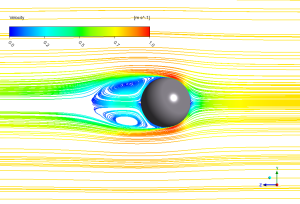
Figure 1: Velocity distribution around the sphere showing stagnation points and wake region formation
We pride ourselves on presenting unique products at CFDLAND. We stand out for our scientific rigor and validity. Our products are not based on guesswork or theoretical assumptions like many others. Instead, most of our products are validated using experimental or numerical data from valued scientific journals. Even if direct validation isn’t possible, we build our models and assumptions on the latest research, typically using reference articles to approximate reality.
Yes, we’ll be here . If you have trouble loading files, having technical problems, or have any questions about how to use our products, our technical support team is here to help.
You can load geometry and mesh files, as well as case and data files, using any version of ANSYS Fluent.
€160 Original price was: €160.€75Current price is: €75.

€265 Original price was: €265.€135Current price is: €135.

€295 Original price was: €295.€175Current price is: €175.

€245 Original price was: €245.€185Current price is: €185.

€120 Original price was: €120.€65Current price is: €65.

€280 Original price was: €280.€145Current price is: €145.


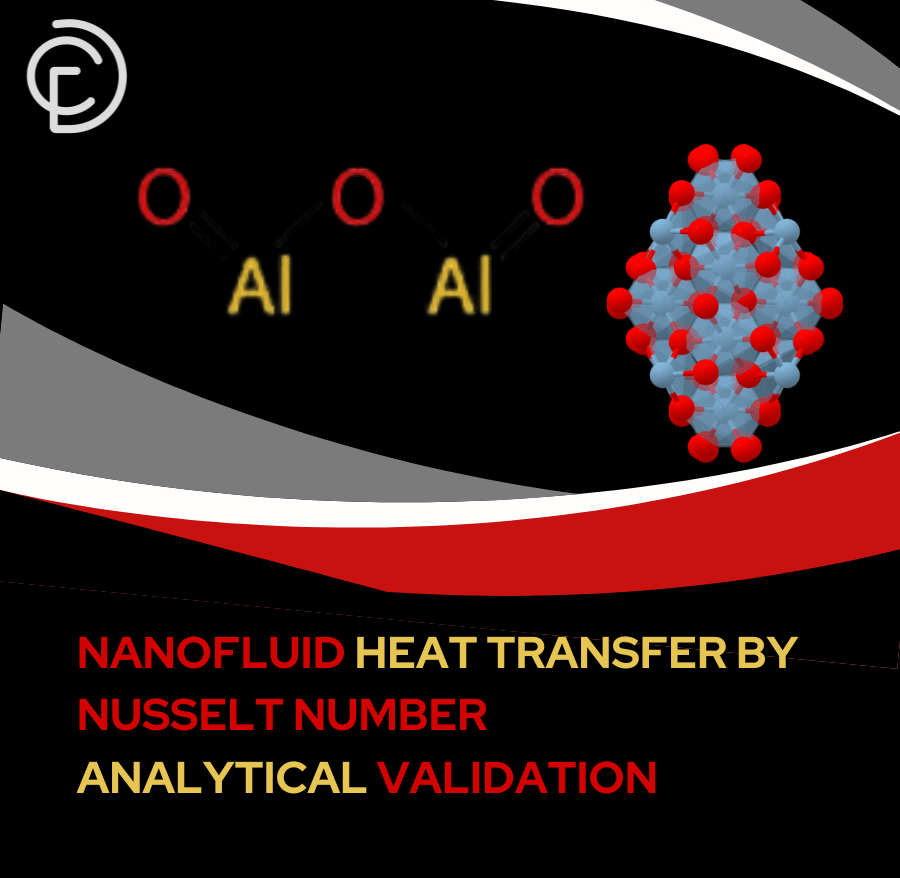

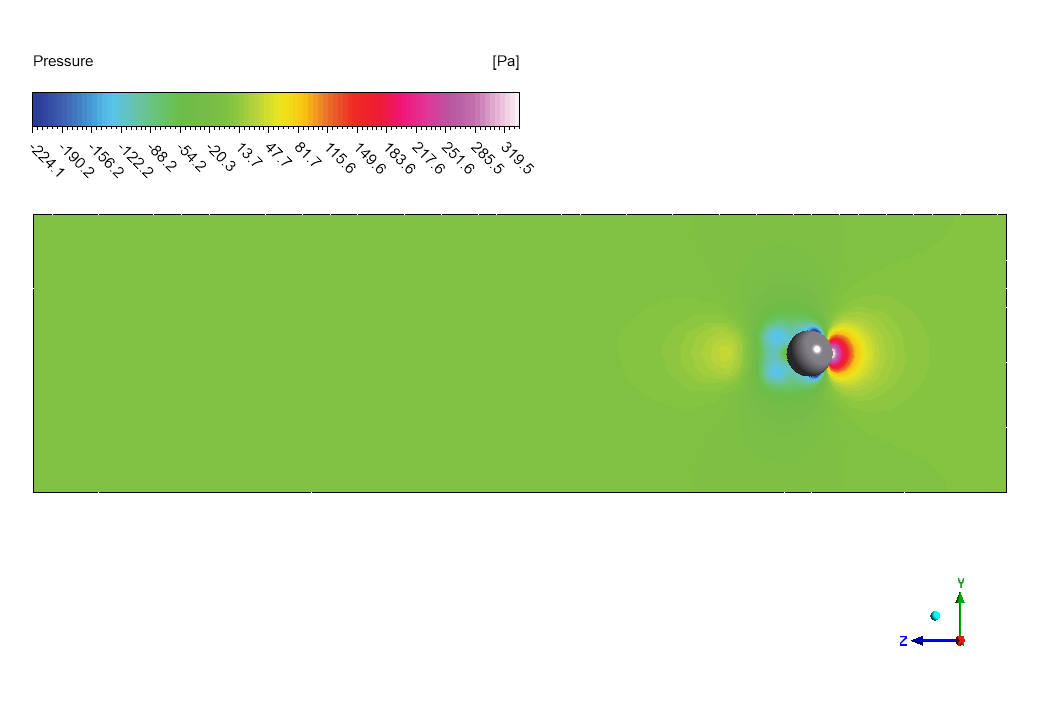








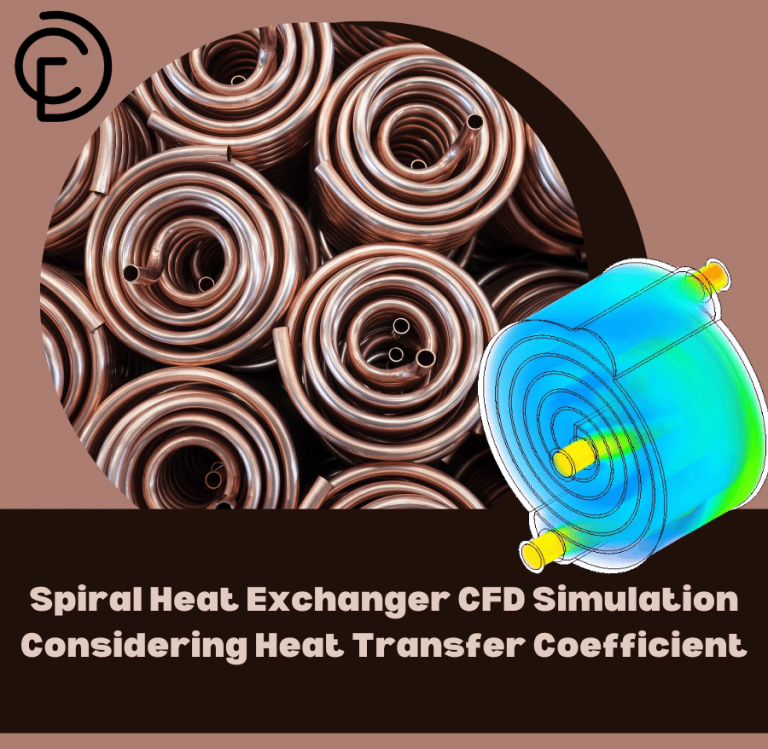


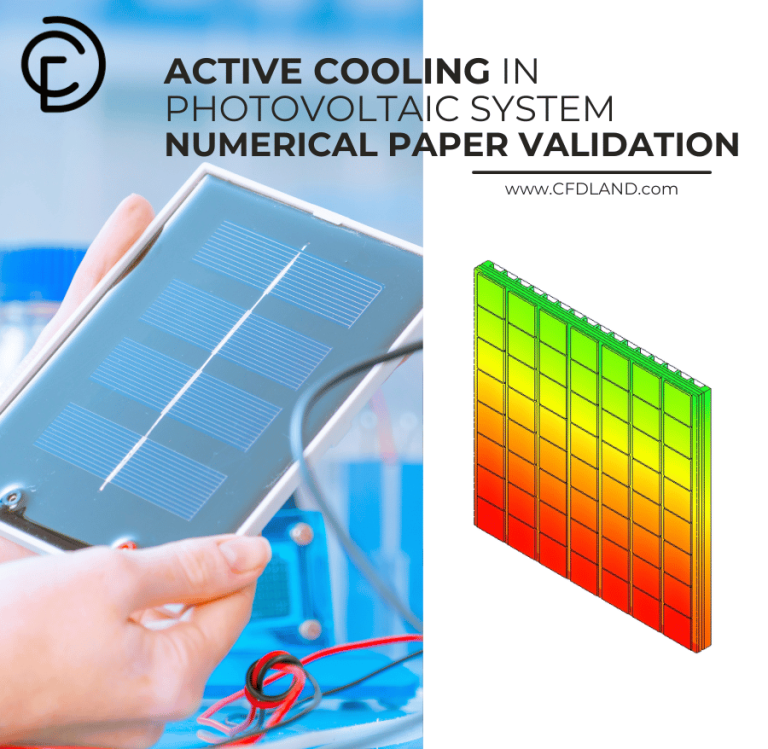


Reviews
There are no reviews yet.